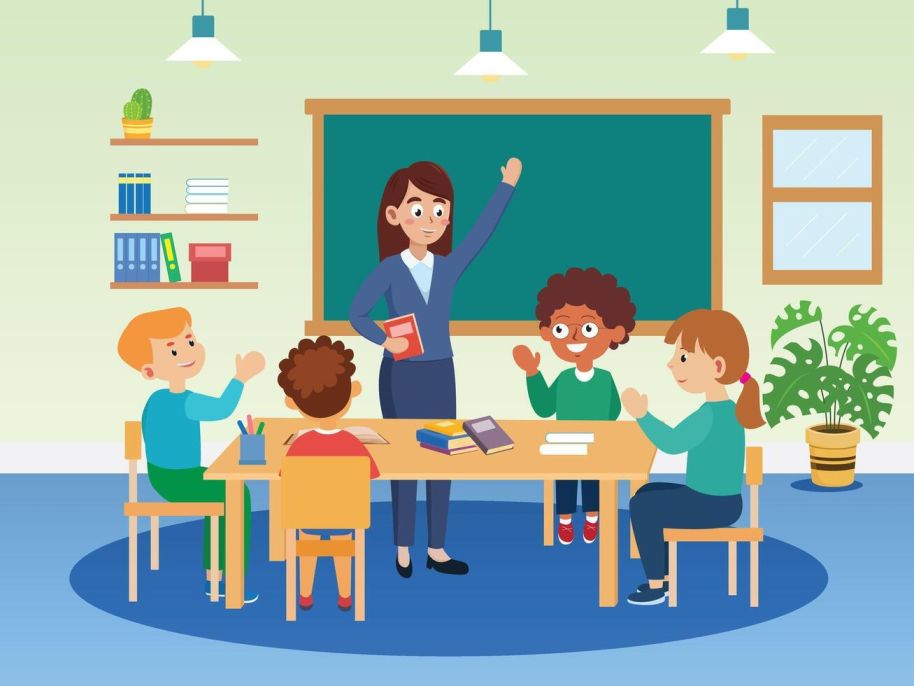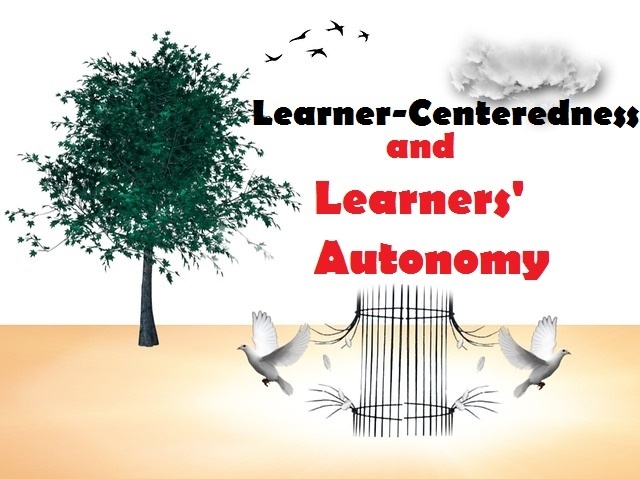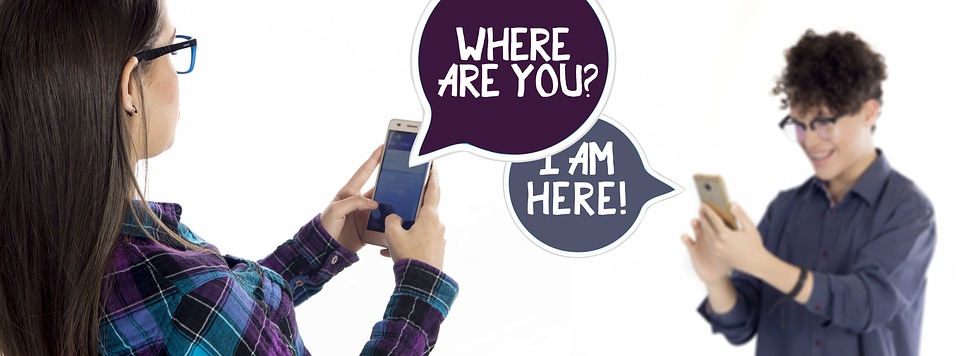Paper airplanes dart across the room. Students dash between desks. Your voice is drowned out by their chatter.
While disruptive behavior might not always resemble a chaotic movie scene, ineffective classroom management can certainly increase your stress and contribute to burnout.
A 2019 report highlights that many teachers feel unsupported when it comes to professional development in classroom management. Despite this challenge, there are simple and effective strategies you can implement on your own to foster prosocial behavior and enhance academic engagement. These approaches can help you create a well-ordered learning environment.
Here are 20 research-backed classroom management strategies that you can keep handy as a downloadable list. Choose the ones that best align with your unique teaching style and classroom needs.
Universal Classroom Management Strategies
These 20 techniques are proven to improve behavior, build strong student relationships, and promote a positive classroom environment where learning thrives.
Try these strategies to boost your effectiveness and overall satisfaction as a teacher:
- Model Ideal Behavior
Regularly demonstrate the behavior you want to see in your students. Studies show that modeling is an effective way to teach appropriate responses in various situations. You can do this by staging a mock conversation with a colleague or student in front of the class. Be sure to:- Use polite language
- Maintain eye contact
- Keep phones tucked away
- Allow each other to speak uninterrupted
- Address disagreements respectfully
Afterward, engage your students in a discussion to reflect on the positive behaviors demonstrated.
- Involve Students in Setting Guidelines
Encourage students to help establish classroom expectations. This collaborative approach fosters greater buy-in compared to simply dictating the rules. Early in the school year or semester, discuss what behaviors should be expected. Topics might include when it’s appropriate to use phones or the acceptable noise level during lessons. You might be surprised by the strictness of their suggestions, and this dialogue can lead to mutually understood and respected classroom norms. - Document the Rules
Once the class has agreed on the guidelines, don’t let them be forgotten. Distribute a printed list of the rules that were collectively created and review them together. This not only shows that you value their input but also makes it easier to refer back to the rules when needed. Consider posting the rules in the classroom or including them in a student handbook alongside important dates and curriculum information. - Avoid Punishing the Entire Class
Address individual discipline issues directly rather than punishing the entire class, as this can damage relationships with on-task students and hinder overall classroom management. Instead, address the specific student in a friendly and constructive manner. For example, ask, “Do you have a question?” instead of saying, “Stop talking and disrupting others.” This approach maintains a positive atmosphere while addressing inappropriate behavior. - Encourage Initiative
Promote a growth mindset and add variety to your lessons by allowing students to work ahead and present their insights to the class. This strategy not only challenges eager learners but can also inspire others to take on more work. For instance, if you’re reading a chapter in a textbook, encourage some students to read the next one and share their takeaways with the class. - Offer Praise
Recognize students’ efforts and accomplishments with sincere praise. Research shows that specific, positive feedback can improve academic performance and behavior. Praise helps reinforce the behaviors you want to see and motivates students to continue those actions. For instance, if a student uses effective problem-solving techniques during a math lesson, acknowledging their effort can encourage them and others to keep applying those skills. - Use Non-Verbal Communication
Enhance your verbal instructions with actions and visual aids to improve student focus and understanding. Many differentiated instruction strategies involve non-verbal communication, such as using learning stations that include videos, infographics, or physical objects like counting coins. - Hold Classroom Parties
Reward students for their hard work with occasional classroom parties. Even a short celebration with snacks and games can motivate students to maintain good behavior. Make it clear that the party is a reward for their efforts and that they can earn future parties by continuing to perform well. - Give Tangible Rewards
Motivate students by recognizing their good behavior with tangible rewards, like raffle tickets given at the end of a lesson. Let students know what they did to earn the tickets, and at the end of the week, they can exchange them for a prize, such as candy or choosing a game for the next party. - Make Positive Calls and Send Letters Home
Surprise students and their parents with positive phone calls or letters about their academic or behavioral progress. This not only boosts the student’s morale but can also increase parental involvement, leading to additional learning opportunities at home. - Build Excitement for Lessons
Start your lessons by highlighting the most exciting parts to capture student interest right away. For example, previewing intriguing content, group activities, or fascinating facts can engage students from the start and reduce misbehavior. - Offer Varied Free Study Activities
During free study time, provide a variety of activities to cater to different learning styles. Divide your classroom into zones for solo work, group activities, audiobooks, and challenging games. This approach helps engage all students, particularly those who struggle to focus in a traditional silent study environment. - Write Group Contracts
When assigning group work, create contracts outlining the expectations for each member. These contracts, based on student input, help ensure accountability and smooth collaboration. Before each group project, have students sign the contract to reinforce their commitment to working together effectively. - Assign Open-Ended Projects
Encourage students to demonstrate their knowledge through open-ended projects, allowing them to choose how they present their learning. Provide a clear rubric for each project, and let students work at their own pace. This approach can make learning more engaging and meaningful. - Simplify Informal Assessment Scores
Instead of traditional grading on informal assessments, consider simply indicating whether a student met expectations. Offer struggling students a clear path to improvement, such as pairing them with classmates who can help them review and practice key concepts. When they feel ready, give them another opportunity to demonstrate their understanding. - Use Adaptive EdTech Tools
Incorporate educational technology that adjusts to individual student needs. These tools can identify skill gaps and provide tailored content to help students overcome them. - Conduct Student Interviews
Take a few minutes to interview students who are disengaged or displaying challenging behavior. Ask them about their preferences and what helps them focus. Use this information to create activities and strategies that better engage them. - Address Behavior Issues Promptly
When a student breaks a rule, address the behavior quickly to prevent further issues. It’s usually best to discuss the behavior privately to avoid public embarrassment and foster a more positive resolution. - Consider Peer Teaching
Peer teaching can be a valuable classroom management tool, especially for engaging struggling students. Top-performing students can help their peers, boosting self-esteem and interpersonal skills for both the tutor and the tutee. - Gamify Personal Learning Plans
Motivate students on personal learning plans by incorporating gamification strategies. For example, award experience points (XP) for completing tasks and allow students to progress through learning stages as they master content. This approach can make learning more engaging and rewarding for students.
These strategies are designed to help you manage your classroom effectively, creating an environment where both you and your students can thrive.







